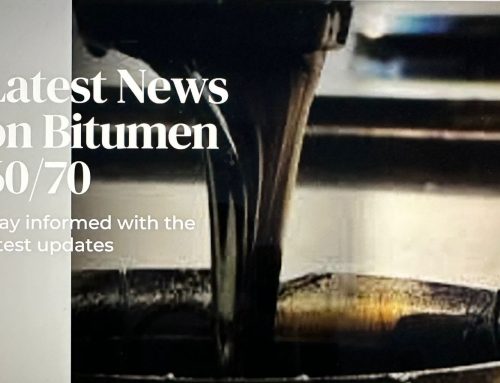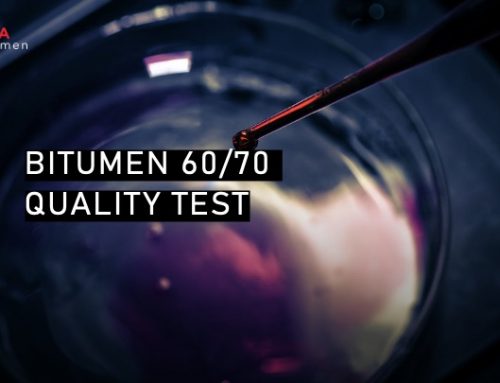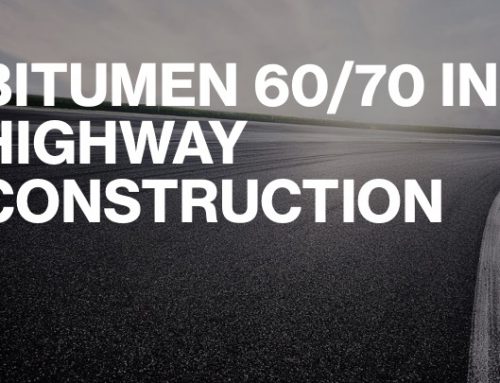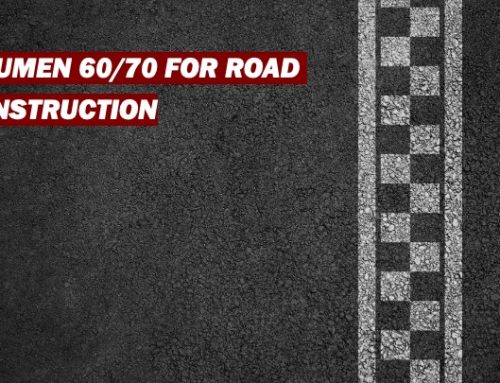Bitumen 60/70 For Asphalt Making
Hot asphalt is a mixture of crushed and granulated aggregates and heated filler mixed with Bitumen 60/70 at certain temperatures and heated in the same way for transport, spread, and pounded then consumption on the roads.
Normally the hot asphalt plant must produce Asphalt with the specifications of AASHTO M156 and ASTM D 995.
Hot asphalt and its advantages:
Uniform production, high durability, control of temperature and humidity of materials and fast preparation for traffic, are the advantages of hot asphalt concrete that without any restrictions on roads, streets, airports, docks, terminals and parking lots, etc. Used.
Hot asphalt and its types:
1- Asphalt surface (Topka)
Surface asphalt is the last layer of asphalt that is in direct contact with incoming traffic loads and atmospheric factors. Asphalt is designed and executed in such a way that it can withstand incoming loads and is resistant to the adverse effects of water, frost and temperature changes، And lasted.
The surface cortex is usually finer granular than the bitumen primer and base layer, the aggregates have more empty space and as a result it has more bitumen70/60. The maximum size of aggregates in this layer is between 9.5 to 19.5 mm, depending on the surface texture. Requirements are selected. If the percentage passed from sieve number 8 to the maximum or minimum allowable grain size is more or less, fine or rough surface texture (scratches) will be created, respectively.
And open- grained porous surface asphalt can be used to increase slip resistance and conduct surface water to prevent stagnation. The thickness of this layer is at least 2 cm, which is not part of the pavement system and can not be used as an alternative layer to the main surface. If the porous procedure is performed, the layer that is immediately placed under it must be practically impermeable.
2. Asphalt sand
Asphalt sand is prepared from a combination of crushed sand or washed natural sand or a mixture of the two with bitumen 60/70. Asphalt sand can be spread and applied in layers with a thickness of at least 15 mm and more. Asphalt sand is also used as a pre-coating layer.
Marshall Resistance of asphalt sand is lower than the resistance of other hot asphalt and asphalt concrete mixtures that have coarser grain size than sand, so its uses should be proportional to its Marshall strength and its relationship with light, medium and heavy traffic. Be selected.
3- Bitumen 60/70 base
This layer is the first layer of asphalt pavement and is placed directly on the base layer. The bitumen base has a larger granulation and the amount of bitumen 60/70 is less than the asphalt lining and surface. The maximum diameter of its aggregates is up to 50 mm and in some cases up to 75 mm.
The use of bitumen base is recommended only for special conditions such as areas exposed to frost and rain.
4- Bitumen 60/70 For Asphalt liner (binder)
This crust is usually located between the surface crust and the bitumen base crust and in the absence of bitumen base crust between the top crust and the crushed rock base crust. Its grain size is larger than the surface asphalt and its bitumen content is less. The maximum diameter of its aggregates is from 19 to 37.5 mm.





Leave A Comment